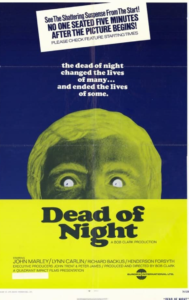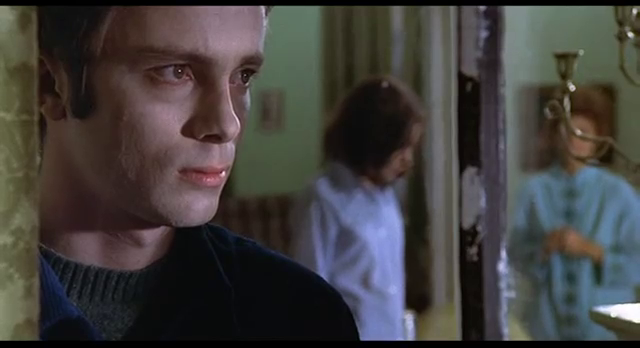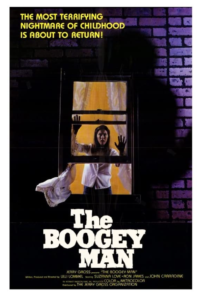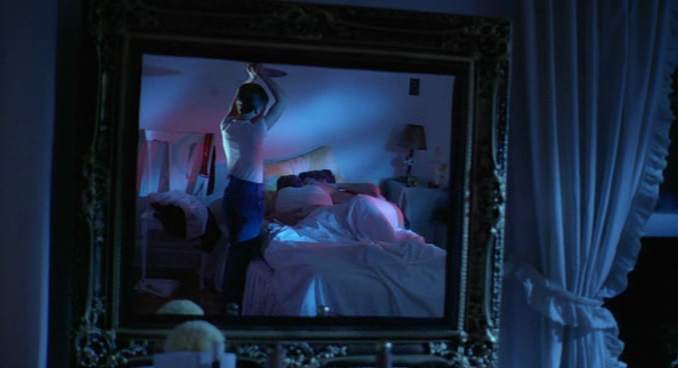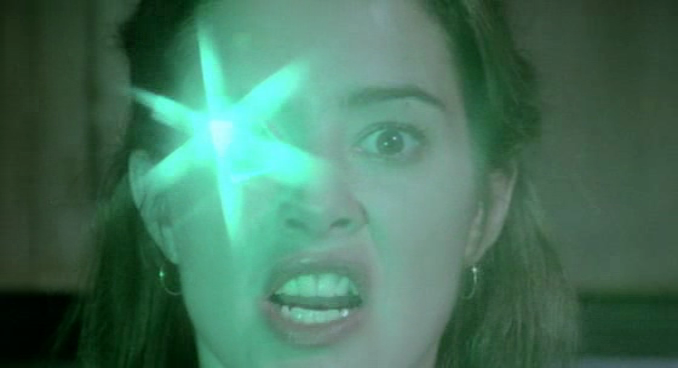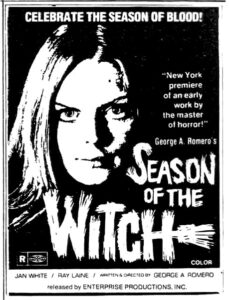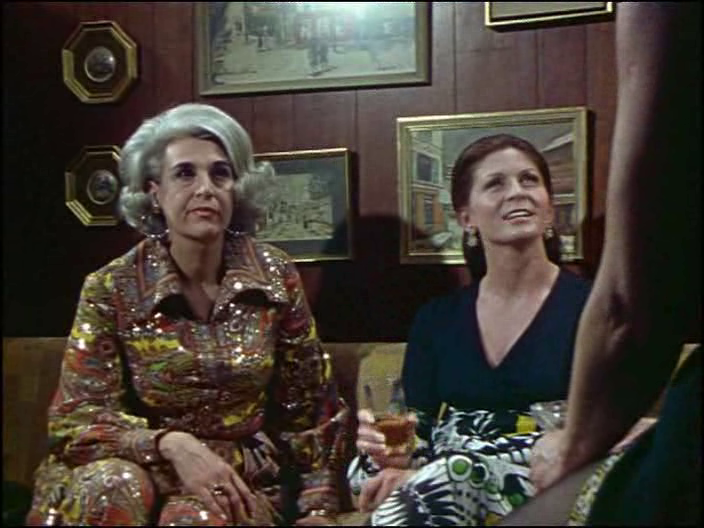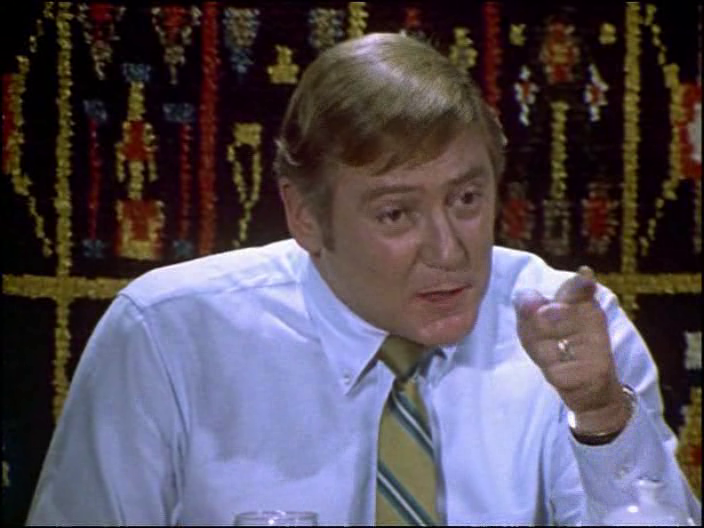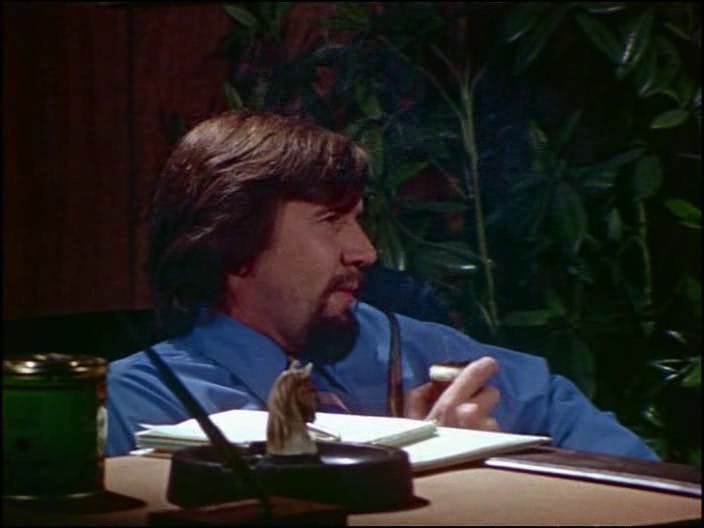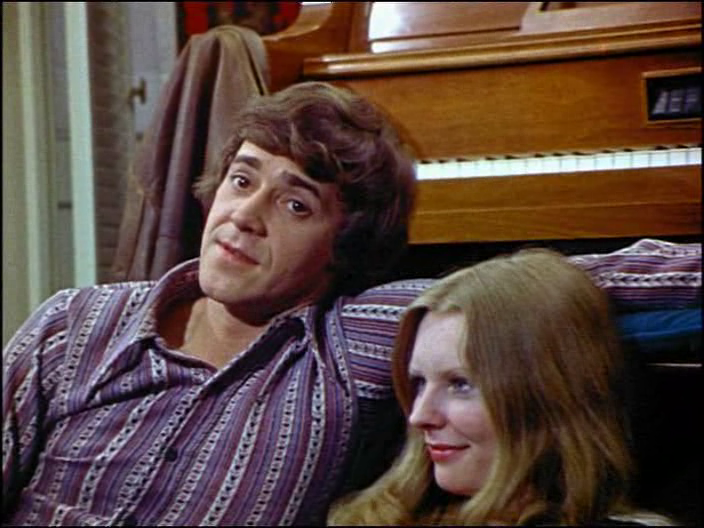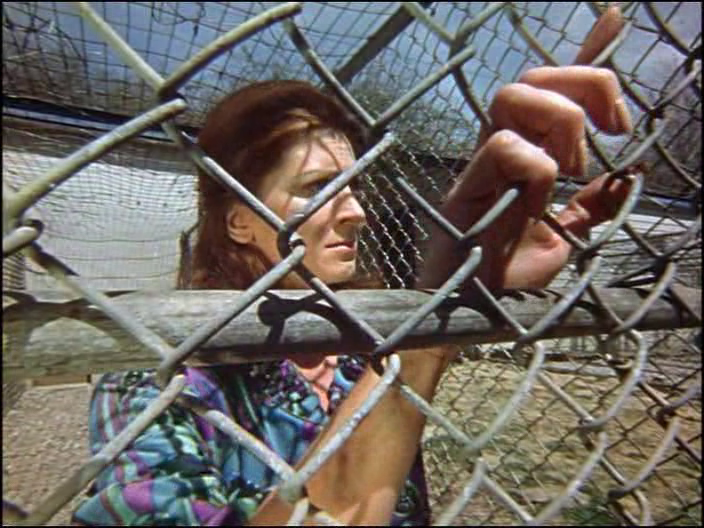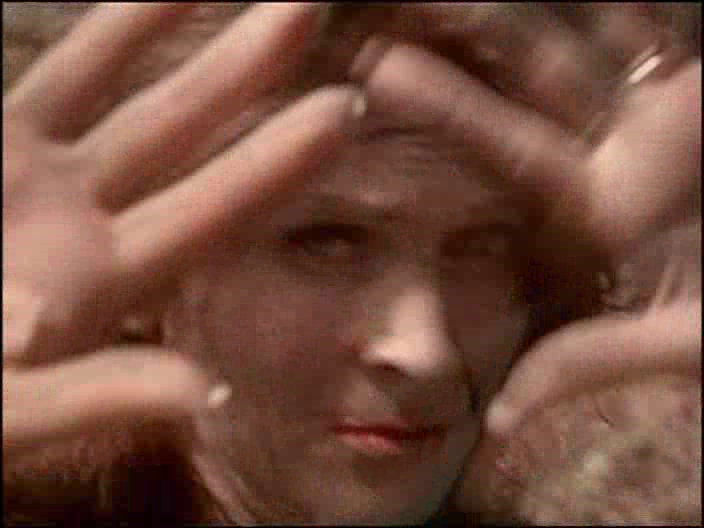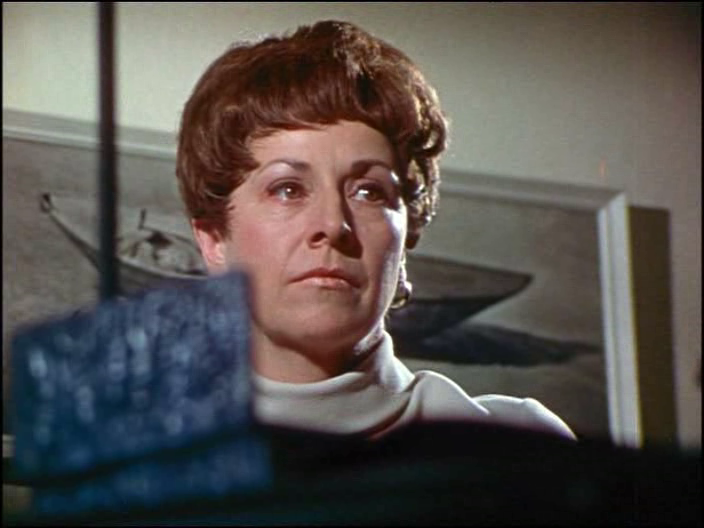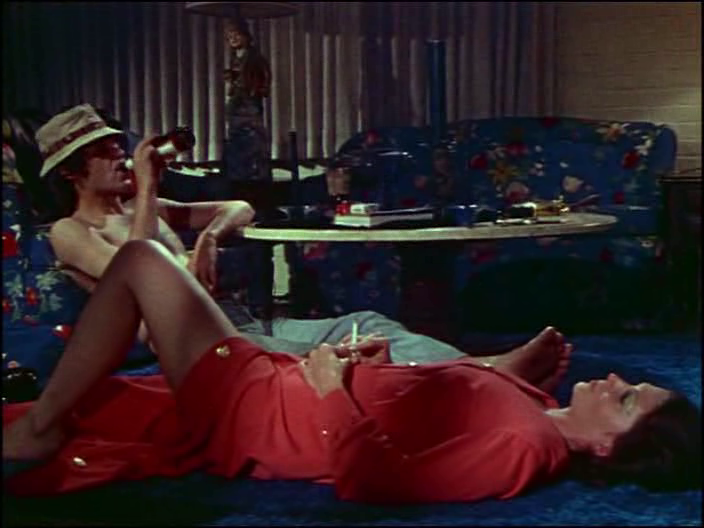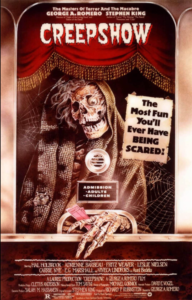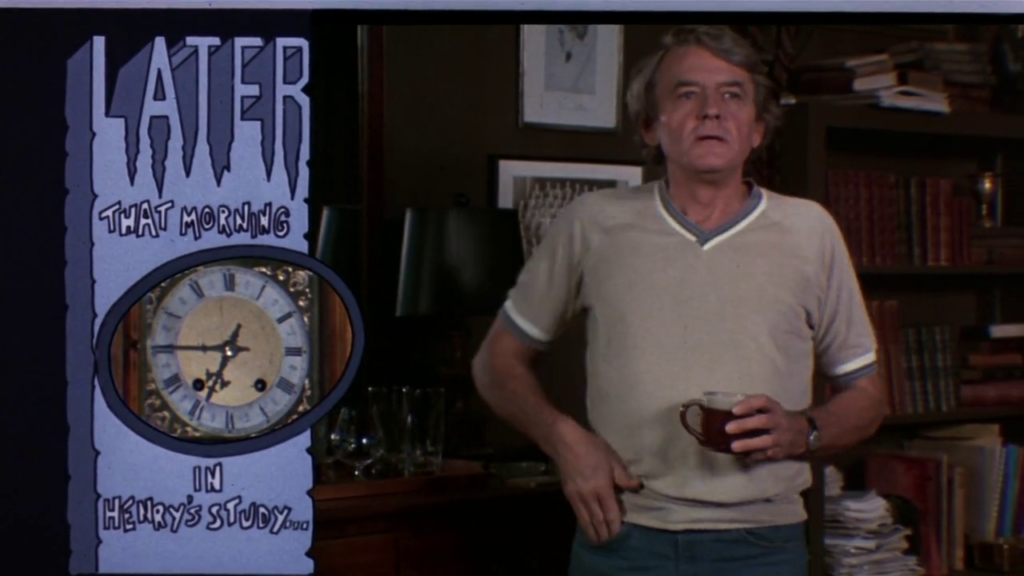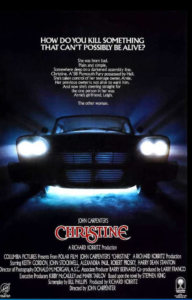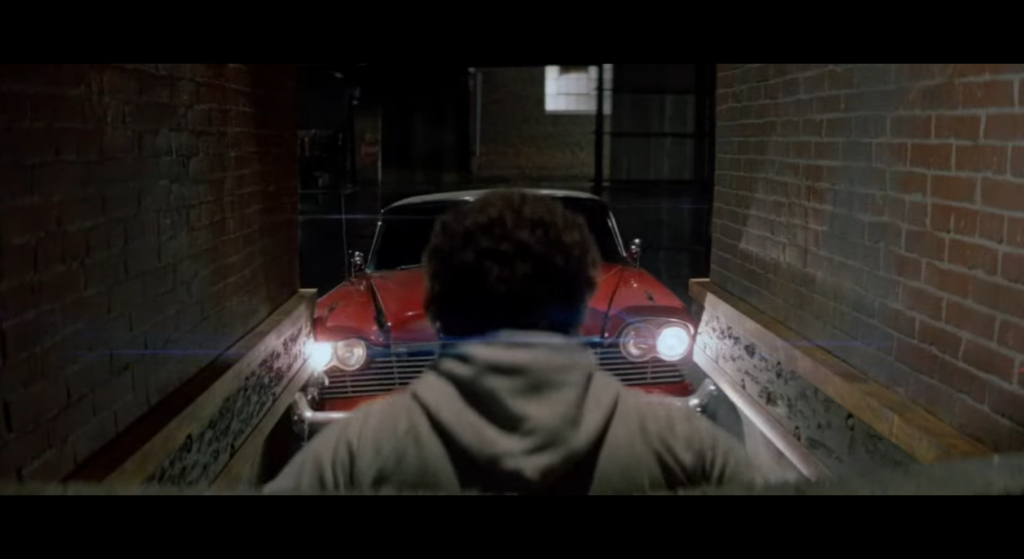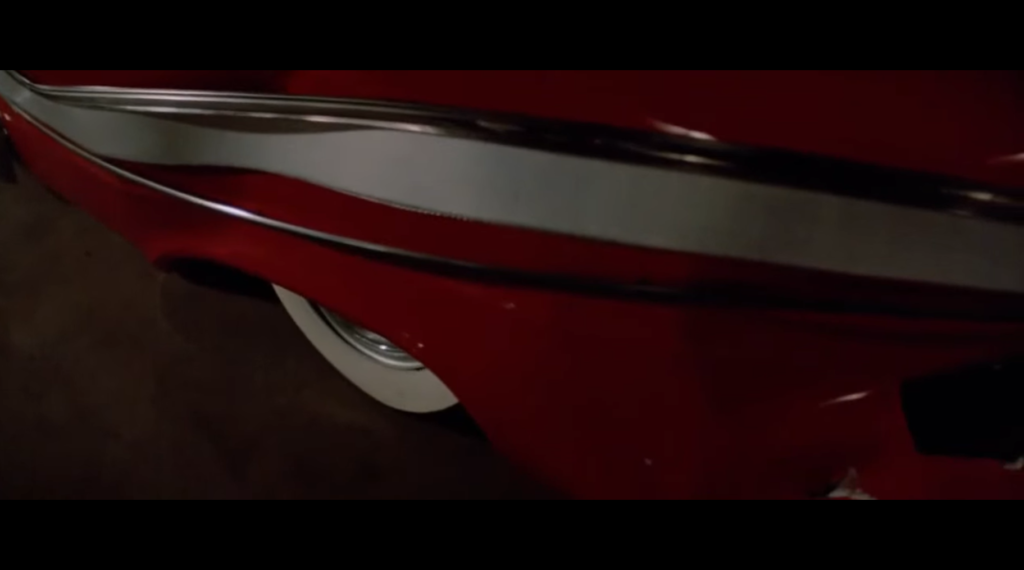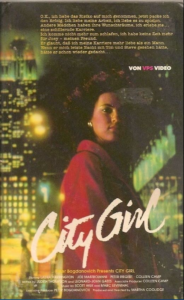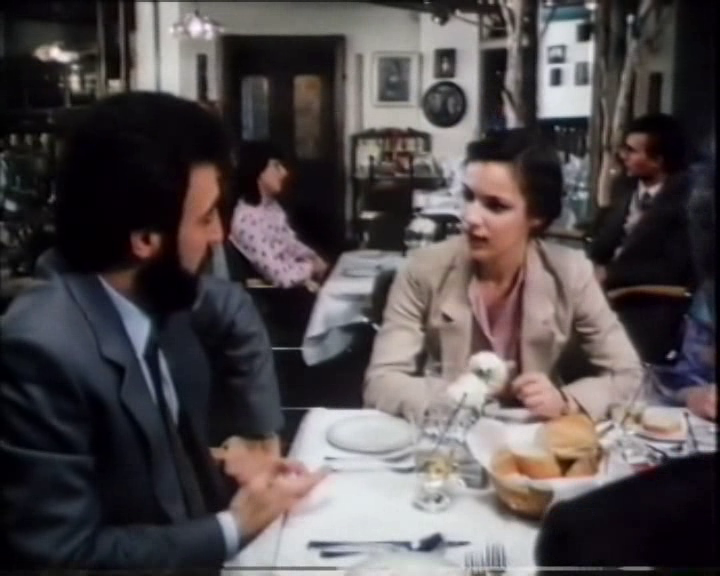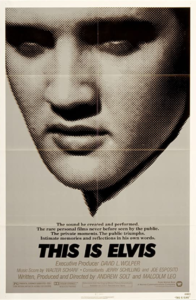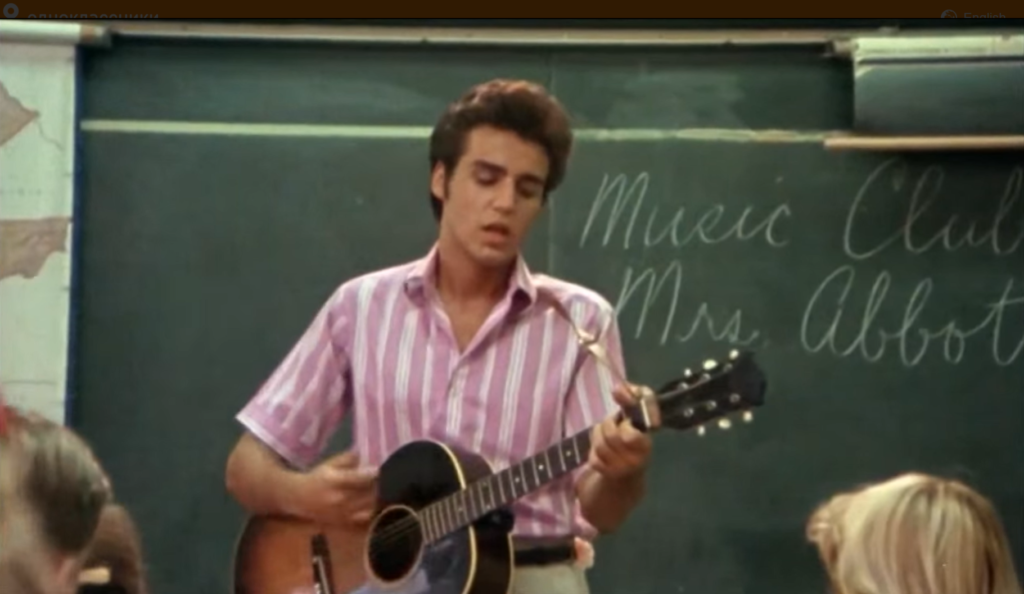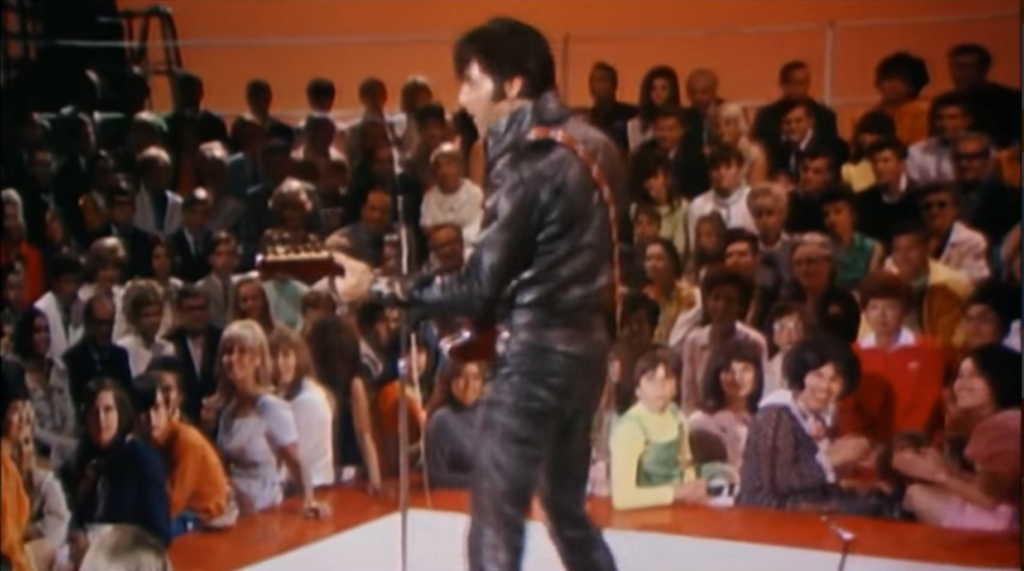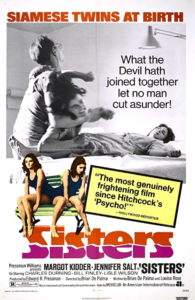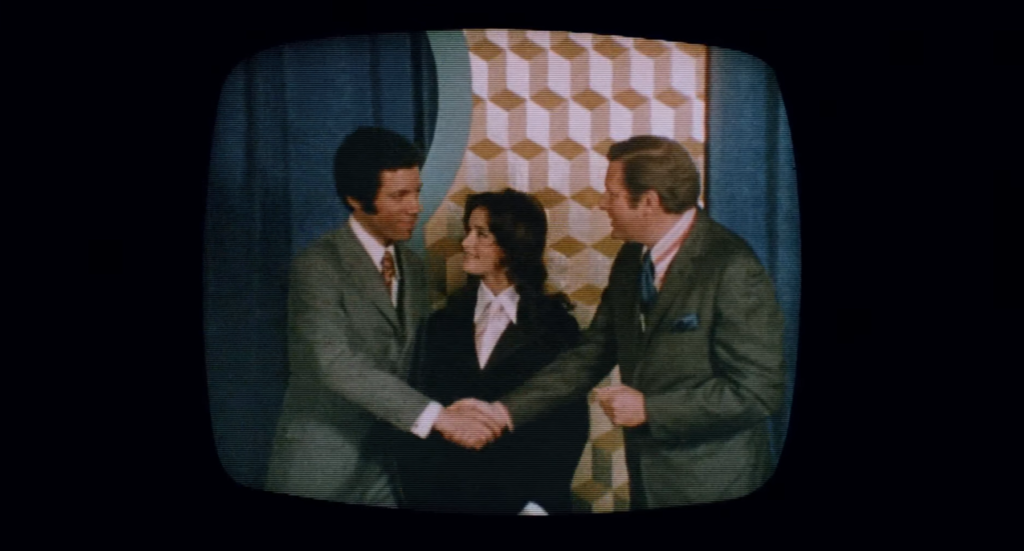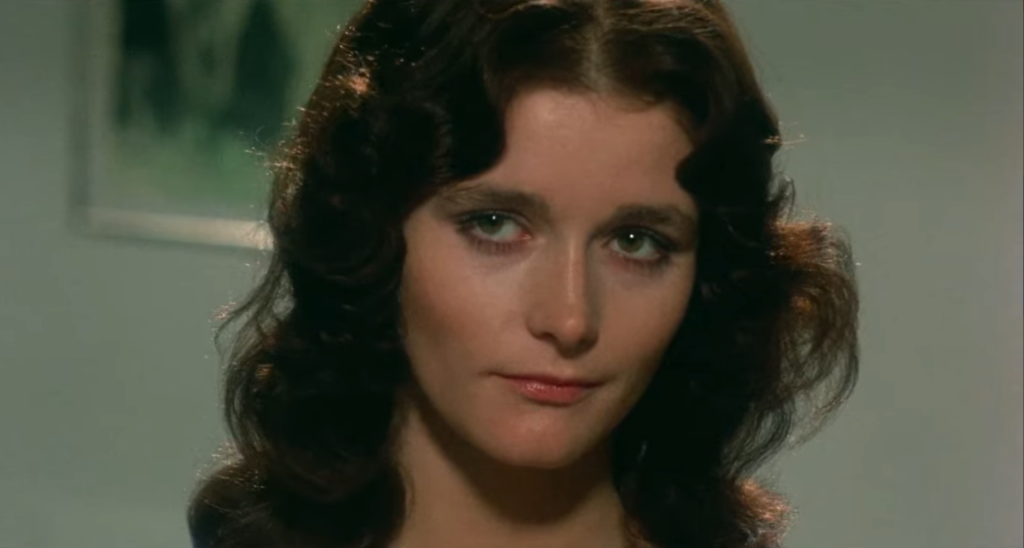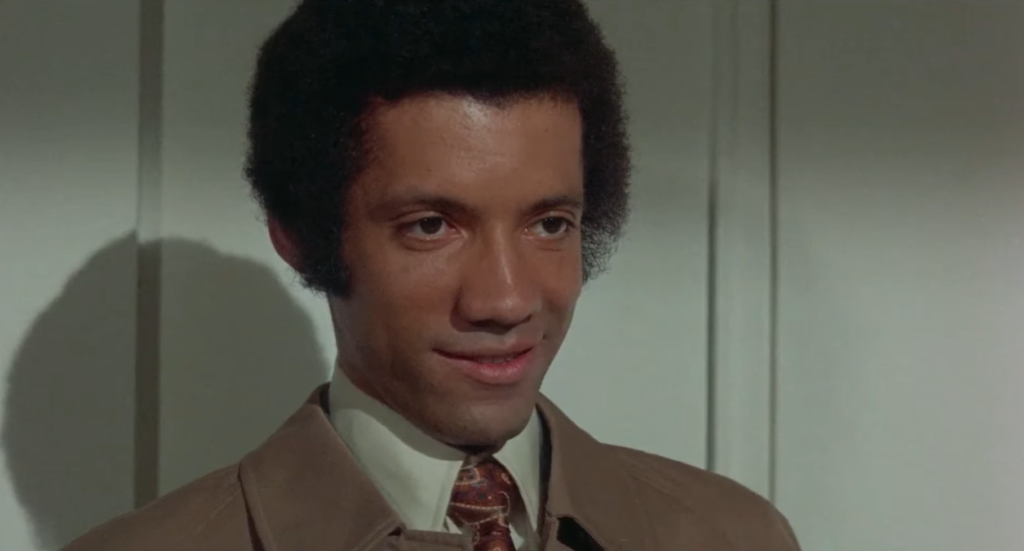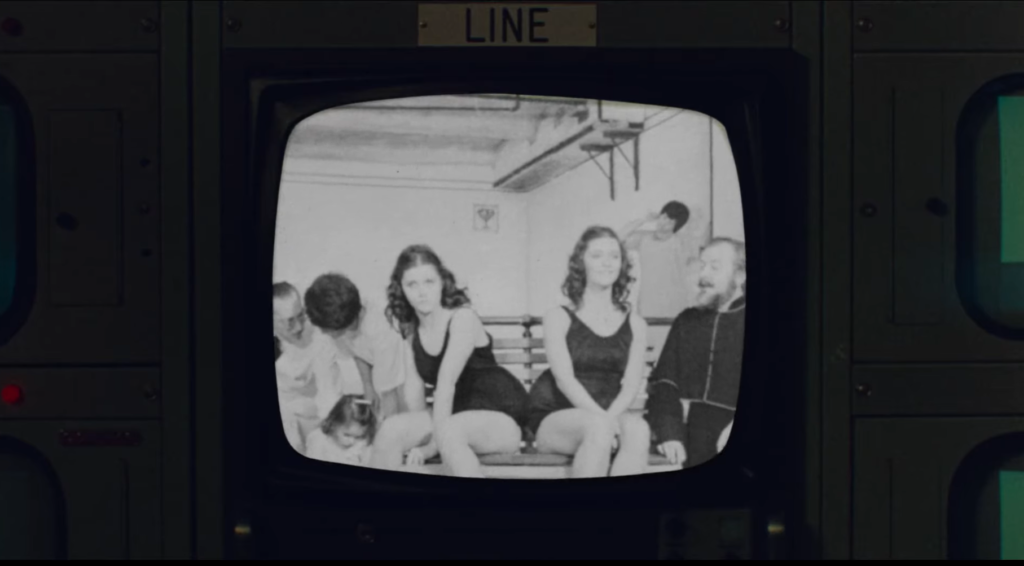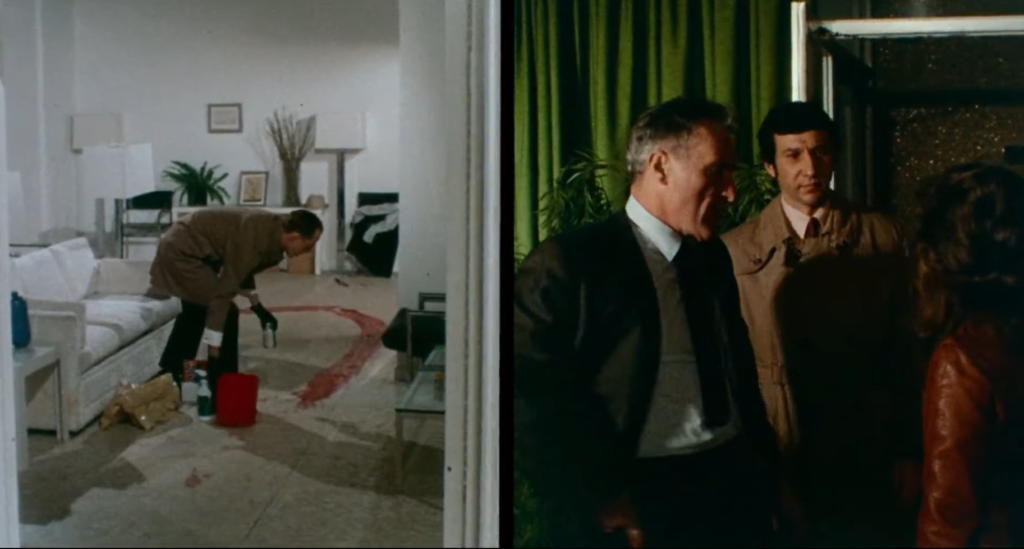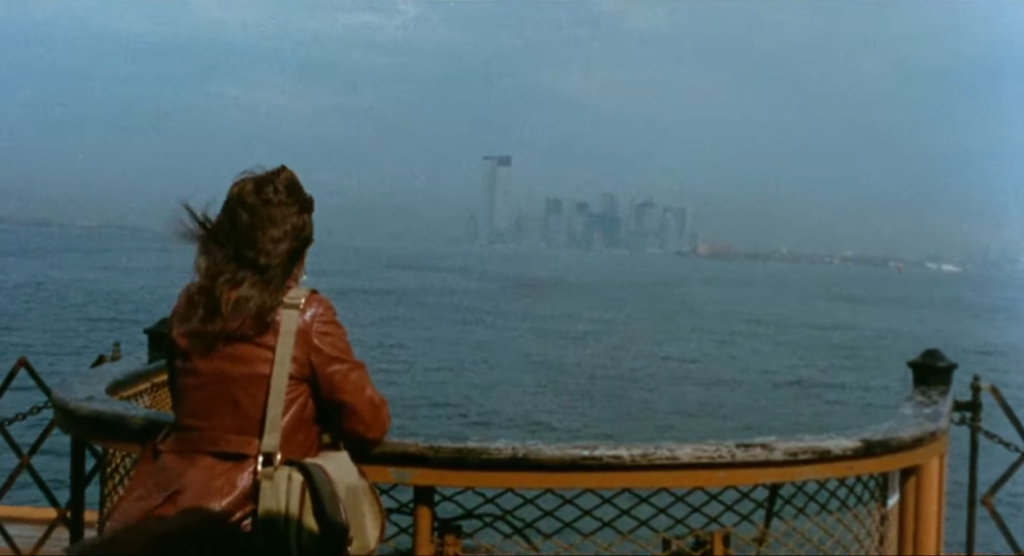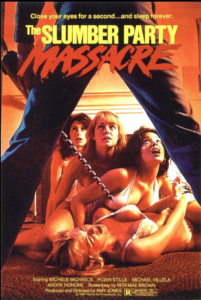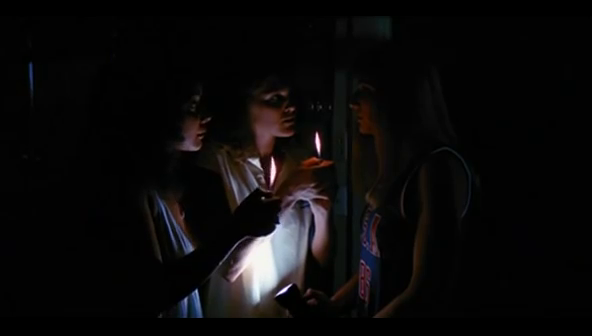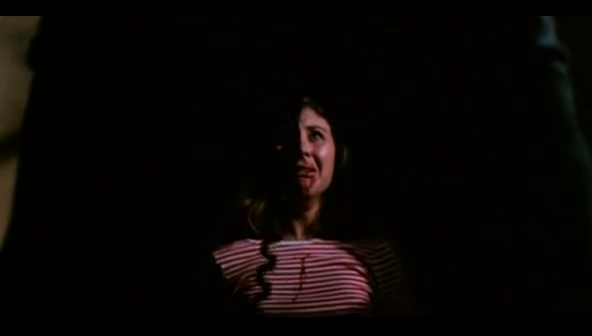|
Genres, Themes, Actors, and Directors:
- Amateur Sleuths
- Michelangelo Antonioni Films
- Models
- Photographers
- Vanessa Redgrave Films
Response to Peary’s Review:
Peary writes that “Michelangelo Antonioni’s landmark film” — the “era’s ‘art film for the masses'” — was “greeted with tremendous excitement and adulation when it was released.” Viewers considered it a “hip, mysterious, visually exhilarating foreign film,” one that caused them to eagerly mull “over symbols, color patterns, and hidden meanings in the storyline; trying to answer that question — ‘What’s the difference between illusion and reality?’ — that turned up too often on literature exams; and deeply contemplating the nature of cameras, images (film, photographs), and those people who make their living with a camera.” He notes that fashion photographer “Hemmings displays only arrogance and insolence when working with his female models”, living “a frivolous fantasy life”:

… so “it will take something drastic to knock him out of his complacency and make him distinguish between what is real and illusionary, what is trivial and important.”
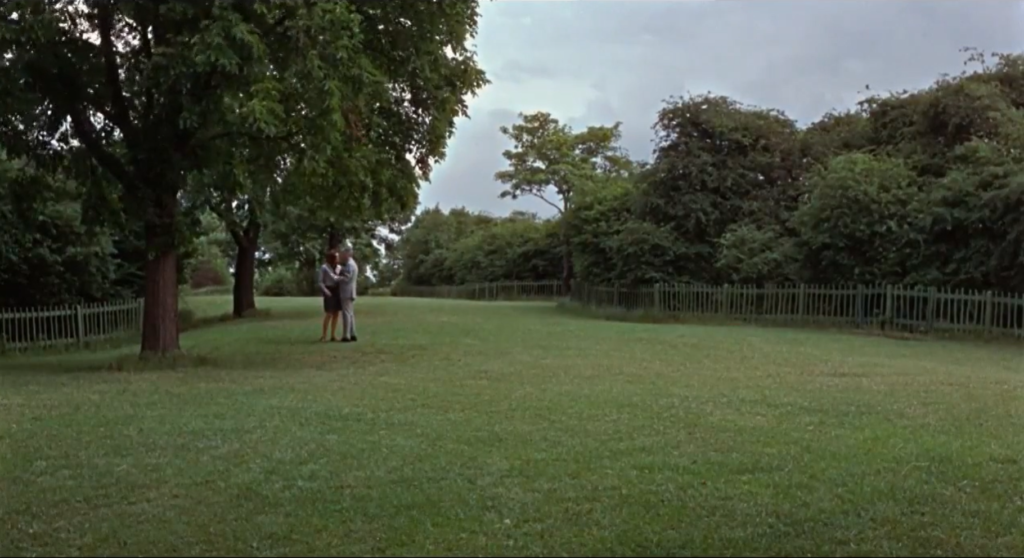

After giving away numerous spoilers in his review (don’t read anything about this film if you’ve never seen it and want to remain surprised), Peary writes that “Antonioni’s point is that the introduction of a camera always distorts reality; also, since each person has singular sensibilities, no individual is capable of seeing Truth (a second person would have a different perspective on the same image).”
Peary argues that this “once vital film is dated and its flimsiness and pretentiousness are more evident today” — indeed, this is precisely how I now view the film many years after first being impressed and deeply intrigued by it as a younger film fanatic. However, Peary asserts it should (still) be watched “as a document of its time, to see the fancy camera work that turned us on, the nudity that had us blushing:
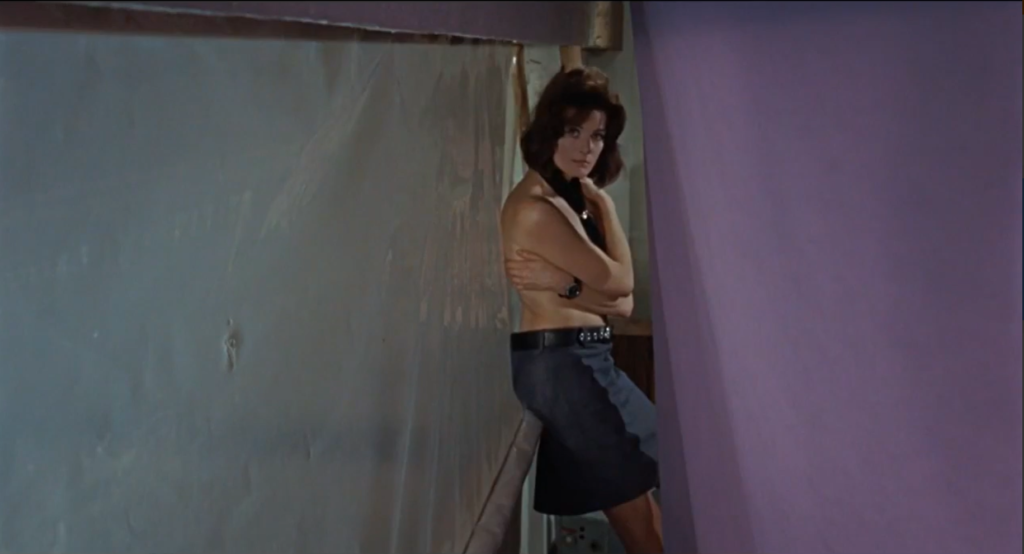
… the Yardbirds performing in front of catatonic youths:
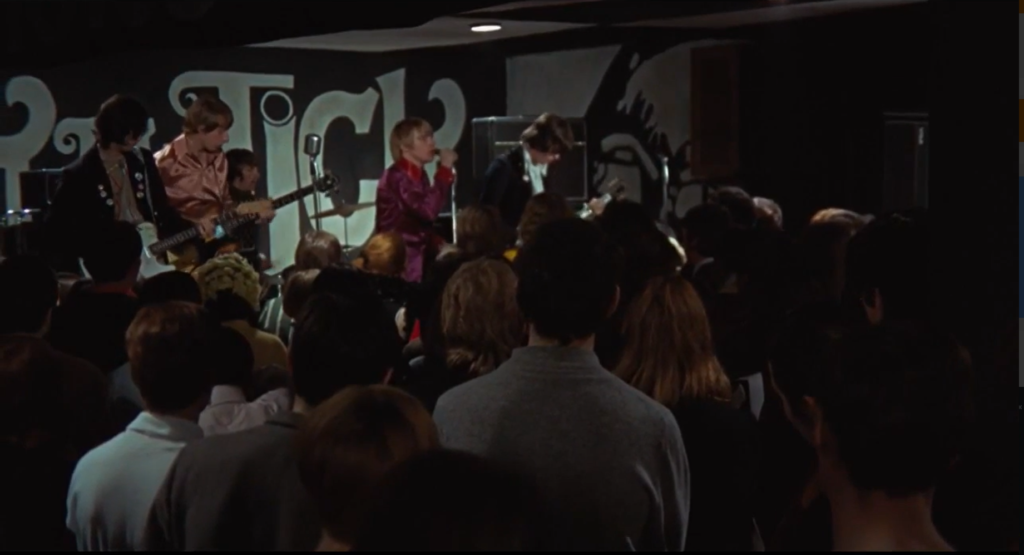
… the mod clothes:

… and Hemmings tossing the invisible tennis ball to the mimes — an image that, for some reason, remains one of the most indelible in cinema history.”

Peary adds that “Antonioni’s picture altered the style of cinema and enlarged its audience — [and] for that we can always think of it fondly.”
Redeeming Qualities and Moments:
- Vanessa Redgrave as Jane
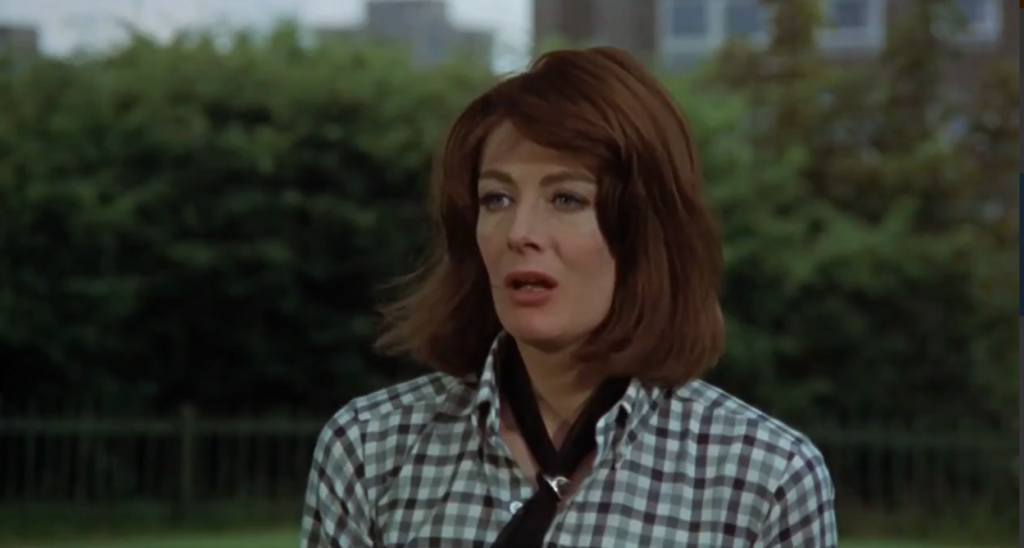
- Carlo Di Palma’s cinematography

- Fine use of authentic location shooting and unusual sets

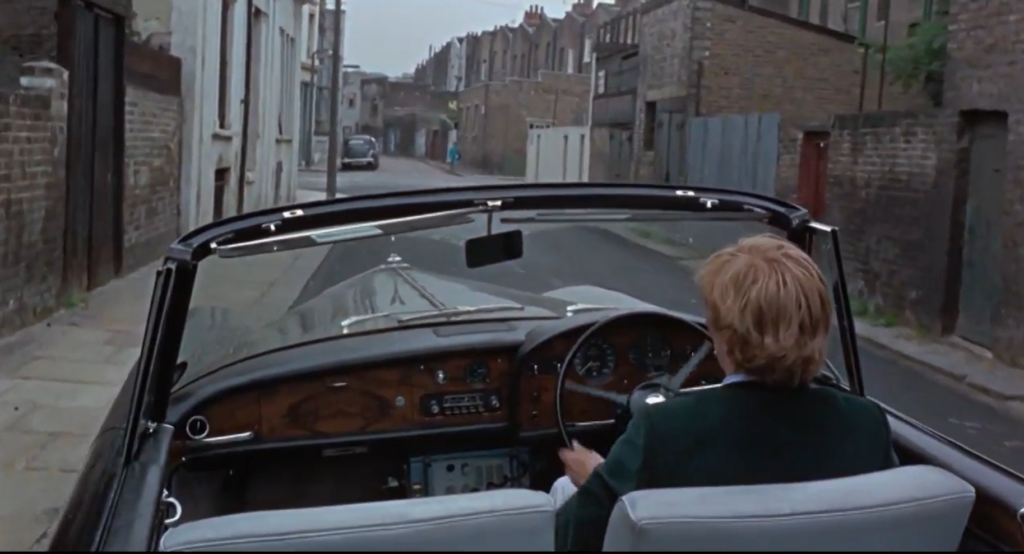
- The still-impressive photographic investigation sequence

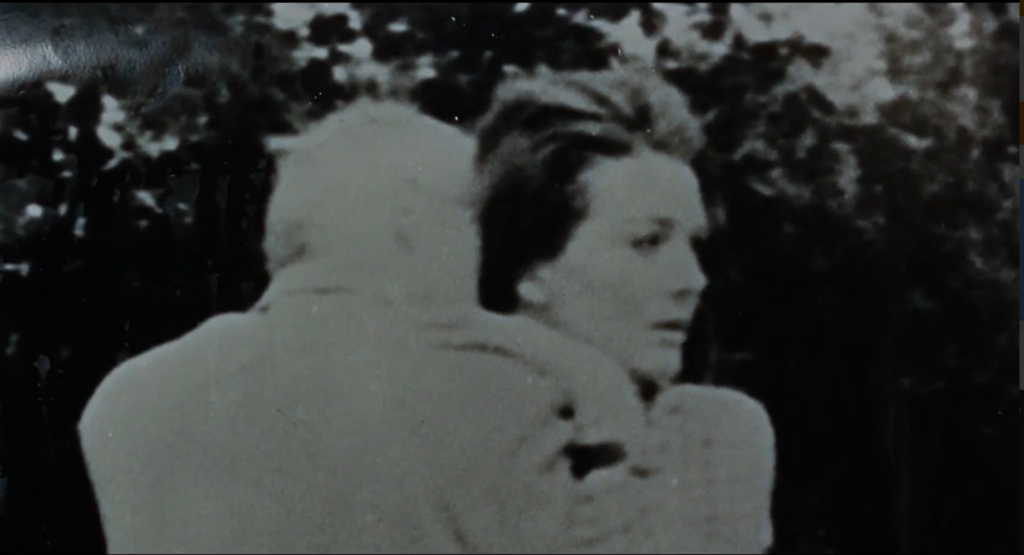
- The eerie closing tennis sequence

- Herbie Hancock’s score
Must See?
Yes, for its historical and artistic importance.
Categories
- Historically Relevant
- Important Director
(Listed in 1001 Movies You Must See Before You Die)
Links:
|
